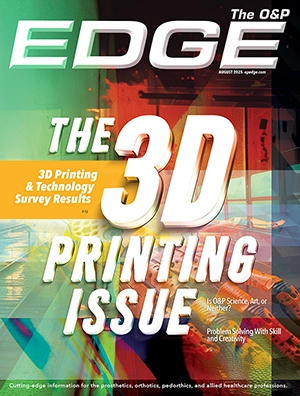Researchers used an adapted version of the Photovoice methods described by Wang and Burris in their 1997 research to analyze the perspective of adults with lower-limb amputations as it relates to access to their local communities.
Seven adults with lower-limb amputations, who were ambulating with a prosthesis at the time of the interview, participated in the Photovoice interviews. From the interviews with the participants, researchers were able to develop three main themes: the current state of accessibility, the impact of community inaccessibility, and hope for the future.
Participants described what accessibility currently involved in their community (e.g., the positive and negative structures) as well as the impact of inaccessibility on their physical and emotional health. Participants also spoke about what improvements they would like to see in the future regarding community accessibility.
By using the Photovoice methods, participants provided tangible examples of what influences their community accessibility. This study highlights the broad range of changes that could provide accessibility opportunities for individuals with lower-limb amputations, from simple changes such as adding handrails to arenas to more complex changes including improvements in parking lot accessibility.
The qualitative study “Understanding barriers and facilitators to accessibility in the built and natural environment for people with lower limb loss,” was published in Prosthetics and Orthotics International.



